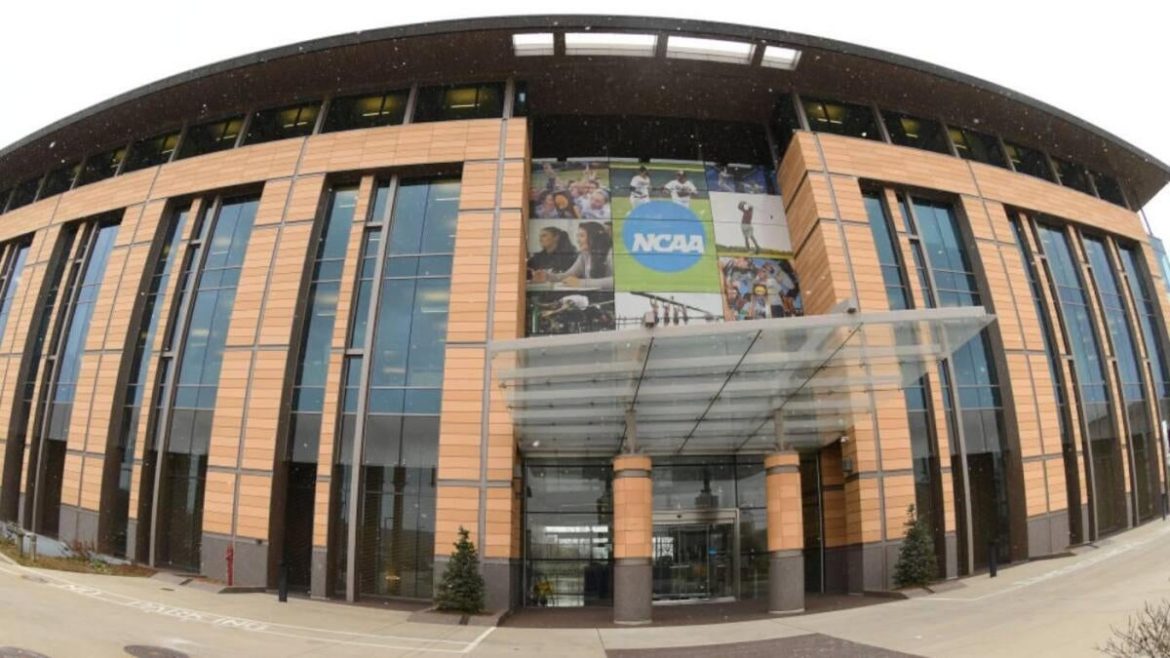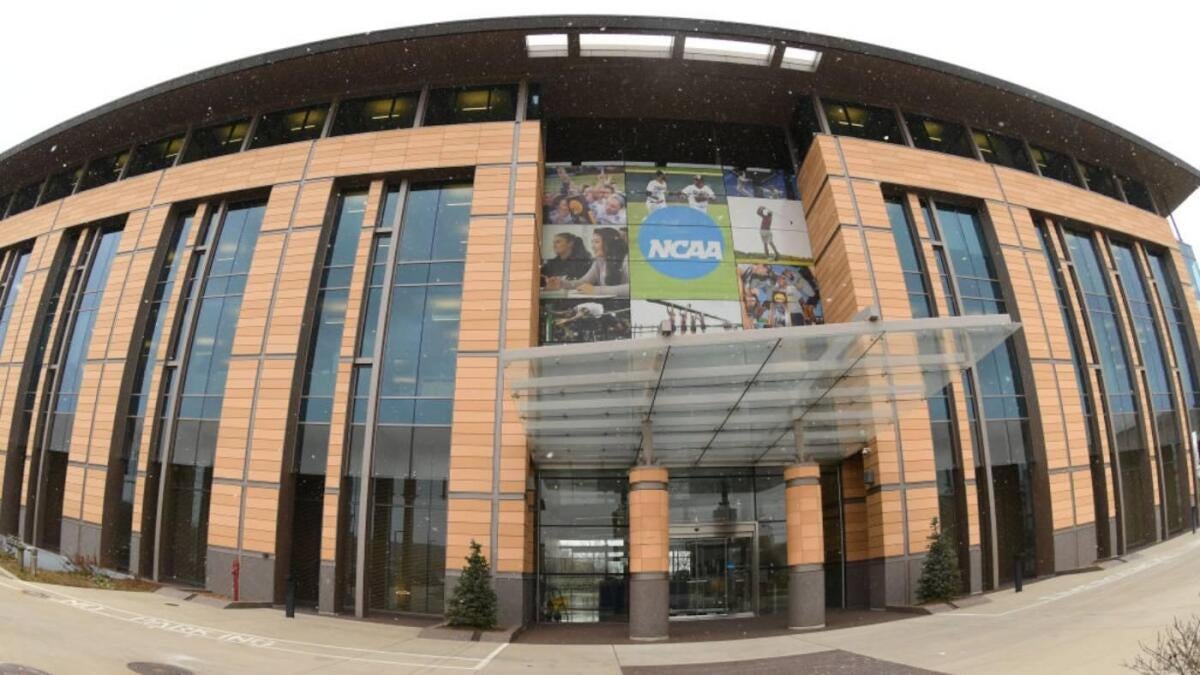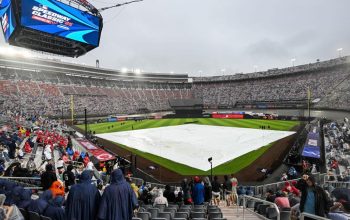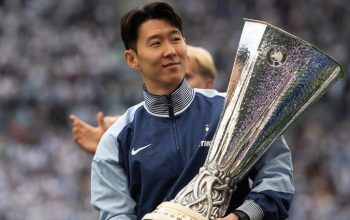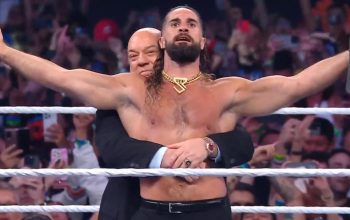The House v. NCAA Settlement: Revolutionizing College Sports Revenue Sharing
Introduction: A New Era Dawns for College Athletics
The approval of the House v. NCAA settlement marks a monumental shift in the landscape of college sports. After over a century of adhering to a strict amateurism model, the NCAA and its member institutions are now poised to enable direct payments to student-athletes. This change, ratified by a U.S. federal judge, sets the stage for a comprehensive revenue-sharing framework that transforms the economic dynamics of college athletics. This report delves deep into the context, mechanisms, and implications of this landmark settlement.
Background: From Amateurism to Antitrust Litigation
Founded in 1906, the NCAA long championed a model that prohibited student-athletes from receiving direct compensation beyond scholarships and limited benefits. This position faced mounting legal challenges, culminating in a high-profile antitrust class-action lawsuit—House v. NCAA—involving former and current athletes who argued that NCAA restrictions unfairly limited their earning potential and economic rights.
The settlement, reached in May 2024 and approved in April 2025, resolved multiple related antitrust lawsuits against the NCAA and five “Power Four” conferences (ACC, Big Ten, Big 12, Pac-12, and SEC), totaling a $2.8 billion payout to affected athletes. Central to this agreement is the abolition of the ban on direct payments to athletes, transforming how revenue is shared within college sports.
Key Components of the Settlement
Revenue Sharing Model
One of the most consequential elements of the agreement is the establishment of a 10-year revenue-sharing framework. Under this model, colleges and universities will be permitted to pay student-athletes directly, subject to a predetermined annual cap—set at approximately $20.5 million distributed among athletes at a single institution over the duration of the settlement. This cap functions as a safeguard intended to ensure a balanced and equitable distribution of generated revenue.
The revenue base used to calculate distributions blends average earnings from ticket sales, media rights, and other income sources primarily connected to the “Power Four” conferences. This method provides a standardized, transparent basis for sharing profits derived from the substantial commercial value that college sports generate.
Compensation for Past Athletes
The settlement also addresses the retroactive financial impact on former athletes who played from 2016 through 2024. These individuals are eligible for monetary damages, acknowledging that NCAA restrictions previously deprived them of financial opportunities linked to their name, image, and likeness (NIL) as well as other earnings related to their athletic contributions.
Legal Implications and the End of NCAA Amateurism
This court-approved agreement effectively ends the NCAA’s long-standing amateurism model, signaling a paradigm shift in college sports governance. By recognizing the antitrust implications of restricting athlete compensation, the settlement favors a more market-driven approach that acknowledges the substantial revenue athletes help generate.
The decision also strikes a blow to the NCAA’s historical control over athlete compensation rules, reflecting evolving societal and legal attitudes toward fairness and labor rights in collegiate athletics.
Practical Impact on Schools and Athletes
Starting July 1 following the settlement’s approval, schools are empowered to begin issuing payments to their athletes within the established cap. This provision enables immediate tangible benefits for current student-athletes, potentially altering recruitment strategies, athlete retention, and overall competition within college sports.
Athletic departments will need to adapt their administrative and financial operations to manage these payments compliantly, fostering the development of new compliance frameworks and transparency mechanisms.
Broader Consequences and Future Outlook
Economic Dynamics
The settlement paves the way for greater private investment and commercialization in college sports. The introduction of direct athlete compensation invites private equity and other institutional capital into previously restricted areas, potentially accelerating the growth and monetization of college athletics.
Cultural and Social Shifts
With financial remuneration recognized as part of the collegiate athletic experience, there may be deeper cultural changes regarding the identity of student-athletes. The blurred line between amateur and professional status could redefine expectations for balance between academics and athletics.
Legal Precedent and Ongoing Trends
House v. NCAA sets a significant legal precedent for future governance decisions and litigation involving athlete rights. It could influence further reforms in NIL legislation, athlete representation, and policy development aimed at balancing commercial interests with athlete welfare.
Conclusion: Toward a Fairer and More Sustainable College Sports Ecosystem
The House v. NCAA settlement inaugurates a fundamentally new chapter in college sports history. By facilitating direct revenue-sharing mechanisms and compensating athletes for past inequities, it reshapes financial relationships and legal norms in collegiate athletics. This settlement holds the promise of a more just and economically viable ecosystem that respects the contributions of student-athletes while embracing the realities of modern sports commerce. As institutions implement these changes, their handling of the new revenue-sharing model will likely influence the future competitiveness, governance, and cultural fabric of college athletics for years to come.

